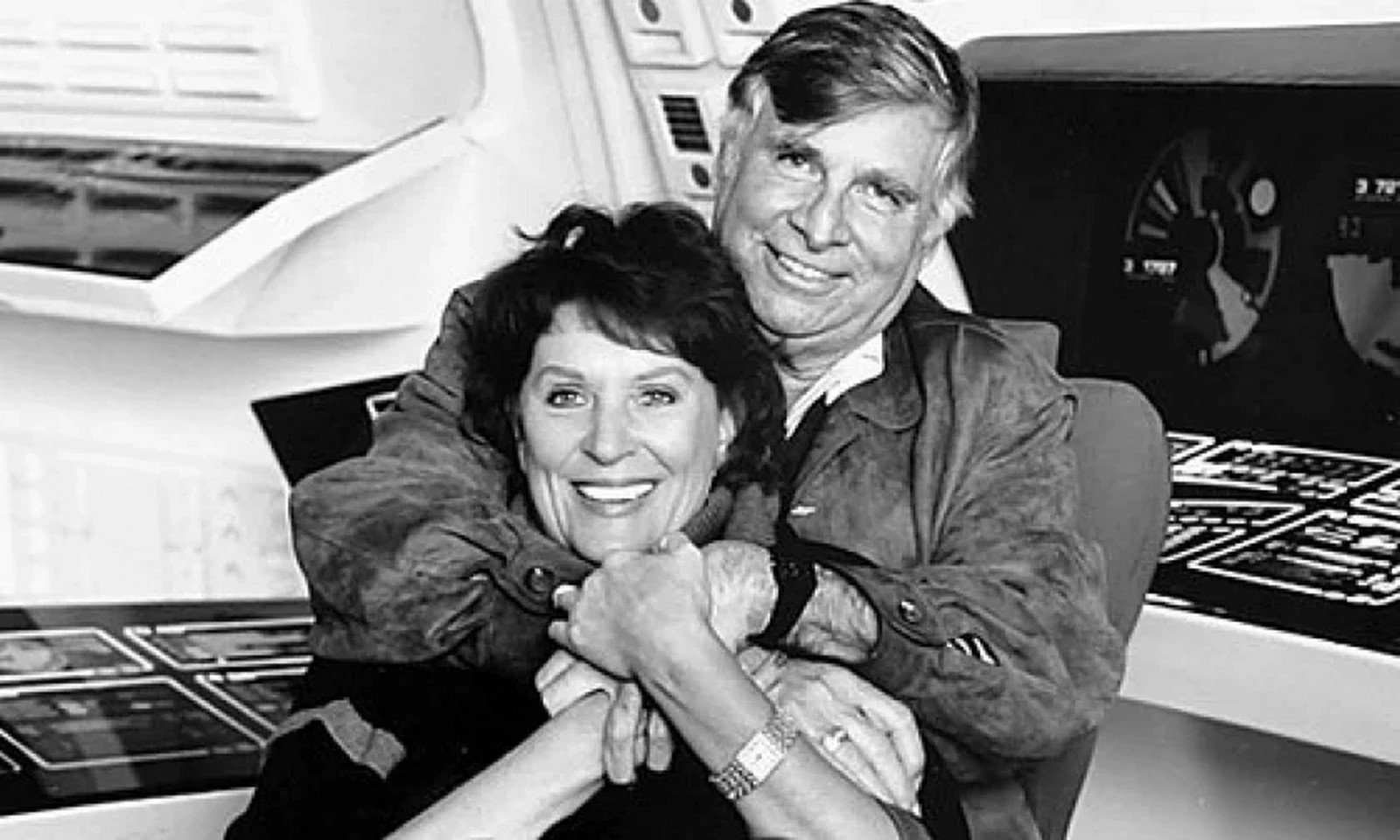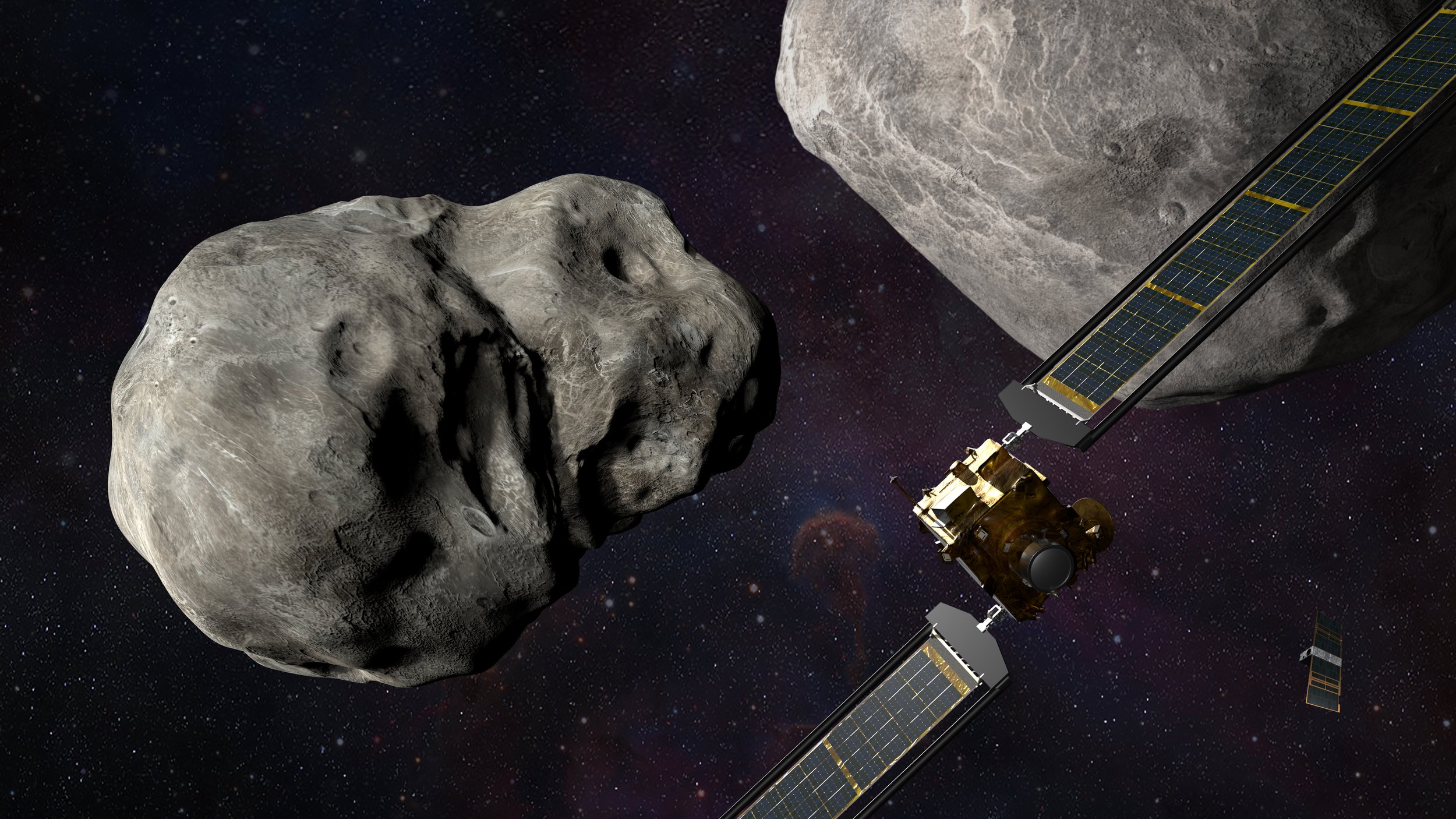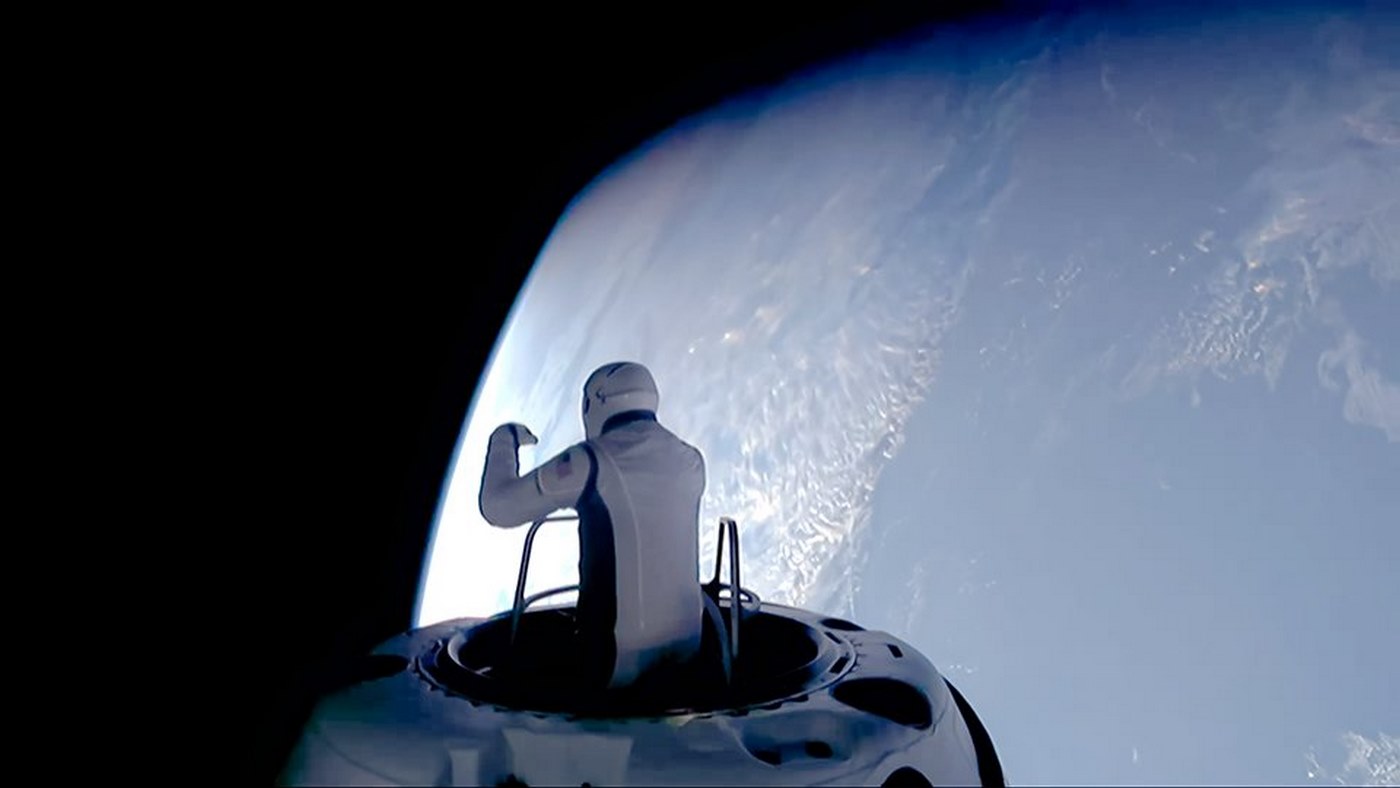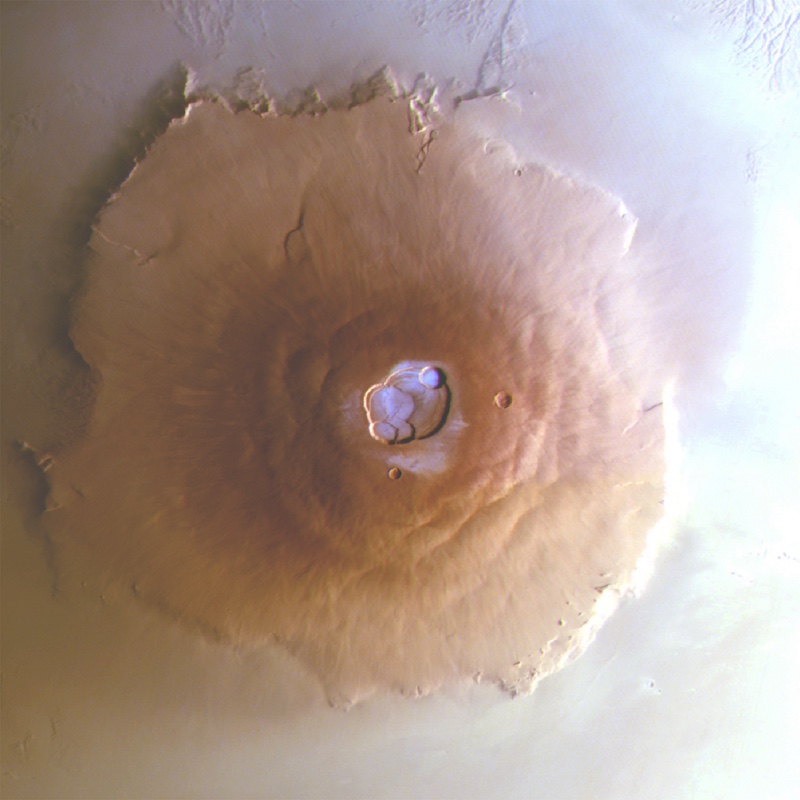PICTURED: Majel Barrett Roddenberry poses with her husband, Gene Roddenberry. PC: Roddenberry Archives.
HOUSTON, Texas. January 26th, 2022. When Star Trek creator Gene Roddenberry died in 1991, it was 6 years later that some of his ashes were launched into deep space by an outer-spatial funerary company called Celestis in what most people found a fitting end for the science-fiction titan. Now his wife, Majel Barrett Roddenberry, who passed away in 2008, will join her husband’s ashes floating around space when hers are launched aboard a “Vulcan” rocket.
Celestis’ Enterprise Mission reflects most of what’s great about the modern space industry, and science-fiction fans. As well as being sent up to space with the ashes of Star Trek actor, James “Scotty” Doohan and those of other die-hard Trekkies, the mission will also be sporting a state-of-the-art moon lander designed by Astrobotics for payload missions to the moon.
In total 150 ash-containing capsules will be launched into space, along with DNA samples should the odd spacefaring alien race happen upon them, as well as messages from other Star Trek fans. Altogether the payload is one that celebrates fiction and fact, as well as the unquenchable enthusiasm of spacebound firms and sci-fi fans, two groups that largely intersect. Evidenced by the fact that the rocket is called a Vulcan, and the mission is called Enterprise.
“We’re very pleased to be fulfilling, with this mission, a promise I made to Majel Barrett Roddenberry in 1997 that one day we would fly her and husband Star Trek creator Gene Roddenberry together on a deep space memorial spaceflight,” said Celestis Co-Founder and CEO Charles M. Chafer. “The mission is named Enterprise in tribute to them”.
It’s the funerary company’s 20th flight, and with costs starting at $12,500, it’s more than competitive with traditional funerary services. Furthermore, it sponsors launches for which Celestis hires the services of the United Launch Alliance (ULA) whose rockets have carried missions to the Sun, Moon, and every planet in the solar system. Companies like Astrobotic can hire space on the ULA rockets then, to develop their own equipment.
PICTURED: The mission’s official patch. PC: Astrobotics.
The falcon has landed
In this case the lander in question will be the backbone of a Lunar delivery service called the Peregrine lander. This small spacecraft can deliver equipment onto the Lunar surface, orbit, and even with a rover, in case a scientist needs a particular delivery in a particular area, all for the low low price of just $1.2 million per kilogram for the lander, and $4.5 million per kilo for the rover.
Their 2022 ride with ULA will be the Peregrine’s first ever mission, the first commercial lander to touch down on the moon, and the first U.S. lander to do so since the final Apollo mission. Peregrine will carry a diverse suite of scientific instruments, technologies, mementos, and other payloads from six different countries, dozens of science teams, and hundreds of individuals.
Among these will be 5 NASA spectrometers. One is to search for near-surface water and ice, another for monitoring radiation, another two for finding volatile molecules that can be used as rocket propellent or other resources, and one for looking into the near near-infrared spectrum of light.
Peregrine will also be carrying three mini rovers. One from British firm Spacebit, another from the company Dyno in Japan, and a third from the Carnegie Mellon University.
NASA will also be deploying prototypal advanced solar energy cells to test their capacity to provide electricity for Lunar projects including a future base, and the Mexican Space Agency will put the first Latin-American anything on the surface of the moon in the form of a suite of instruments for data collection.




